Heather/Linden
Ura (OO-rah)

The Letter
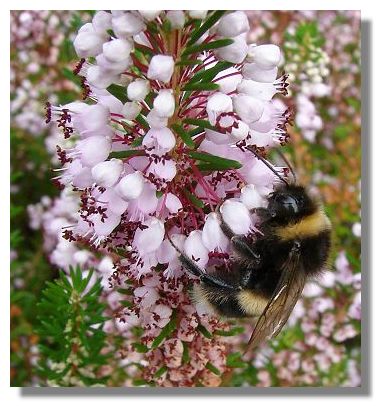
The Tree
Heather
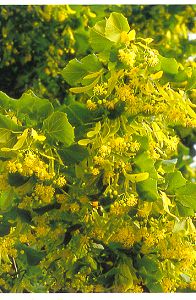
Season
The Third Season ~ Summer Solstice
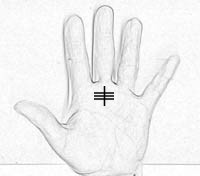
Place on the hand
The Pad on the Palm beneath the Middle finger
Color ~ Usghda - Resin colored

Stone ~ Amber
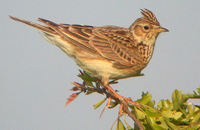
Bird ~ Uiseog ~ Lark
Goddesses ~ The Melissae
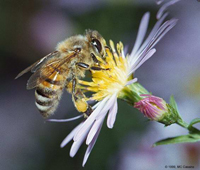
Symbols ~ The Bee
Planet ~ Earth
Metal ~ Copper
Note ~ a

Animal ~ Lion
Message ~ “I am the queen of every hive”
Word ogham ~ Soil, death, growing of plants, shroud of lifeless one (soil), prompt of meetings
Heather, the third solar tree, is sacred to Isis and the Gallic Heather Goddess - Uroica. Heather is a midsummer tree, red and passionate and is associated with mountains and bees.
Magical properties - feminine, Venus, water, Isis, protection, rain making, luck guard against rape and violent crimes, to bring good luck. White is best for this - when burned with fern attracts rain. Heather has been used to conjure ghosts.
Midsummer station, June 21. Heather’s main feature - attracts bees. The Bee represents soul and its immortal flight. Bees take messages to the underworld, brought messages from the underworld for the regulation of karma. As the bee visits the heather back and forth so the soul visits and revisits in reincarnations. Ura comes at midsummer when sun is highest and strongest.
This is the sign of romance and dreams. There is a strong connection between the conscious self and the deep levels of the unconscious. Heather is the gateway between the inner world and the outer one. In it is the expression of the need for passion and ecstasy in life. You are being advised to find that gateway to passion in your life, or you may find that the gateway is about to open for you. The influence of dreams, imagination and intuition is very strong. Act on your passion, and act wisely.
Botanical Information - Heather
Heather is a shrub that grows to six feet. It is a major vegetation, what is called the ”heath” and the source of the term “heathen”. It is evergreen, and produces bell-shaped pinkish flowers in the late summer. There are a number of other plants called ”heath” or ”heather.” These are relatives of Calluna, and are similar in appearance. Calluna is cultivated in North America, along with some of the other heaths and species from other parts of the world. Heather is a member of the Heath family.
Botanical Information - Linden
Linden trees are large trees, reaching typically 66 to 130 feet tall. Its sturdy trunk stands like a pillar and the branches divide and subdivide into numerous ramifications on which the twigs are fine and thick. In summer, these are profusely clothed with large leaves and the result is a dense head of abundant foliage.
The leaves are heart-shaped and the tiny fruit, looking like peas, always hang attached to a ribbon-like, greenish-yellow bract, whose use seems to be to launch the ripened seed-clusters just a little beyond the parent tree.
This tree is sometimes called “lime” but is not related to the to the citrus fruit called “lime.”. Another common name used in North America is basswood.
In Europe, linden trees are known to have reached ages measured in centuries, if not longer. There is one in Gloucestershire estimated to be 2,000 years old.
American Basswood - American Linden
American basswood is a large tree with long trunk and a dense crown of many small, often drooping branches and large leaves; frequently has two or more trunks, and sprouts in a circle from a stump.
The leaves are shiny dark green above, light green and nearly hairless with tufts of hairs in vein angles beneath; turning pale yellow or brown in autumn. The bark is dark gray and smooth, becoming furrowed into narrow scaly ridges.
American Basswood lives in moist soils of valleys and uplands; in hardwood forests. It is a is a handsome shade and street tree. When flowering, the trees are full of bees, hence the name "Bee-tree"; this species is favored by bees over others and produces a strongly flavored honey. The soft, light wood is especially useful for making food boxes, yardsticks, furniture, and pulpwood. Indians made ropes and woven mats from the tough fibrous inner bark.
From The White Goddess by Robert Graves -
The ancient popularity of lindens or lime-trees among love-poets of Germany and Northern France, suggests that they became a substitute, in flat regions, for mountain-heather. Lindens flower from mid-May. to mid-August. They do not rank as sacred trees in Britain, where only the small-leaved variery seems to be indigenous. However, in Thessaly, Cheiron the Centaur's goddess-mother associated with the erotic wryneck, was called Philyra (linden).